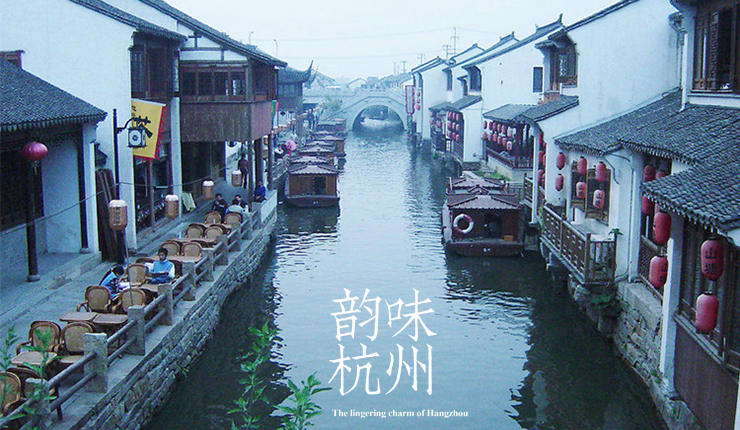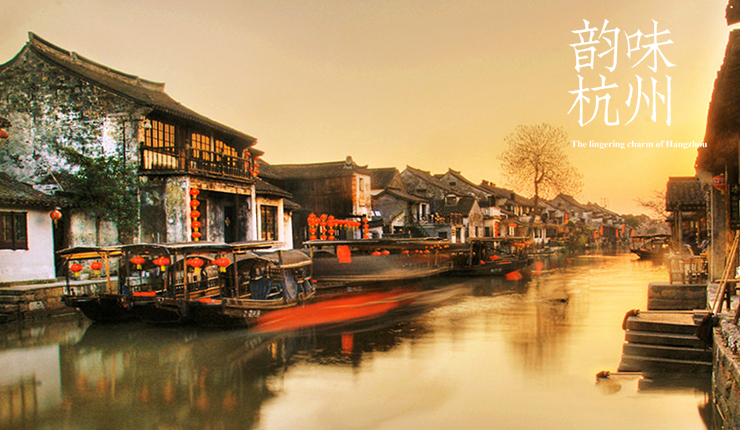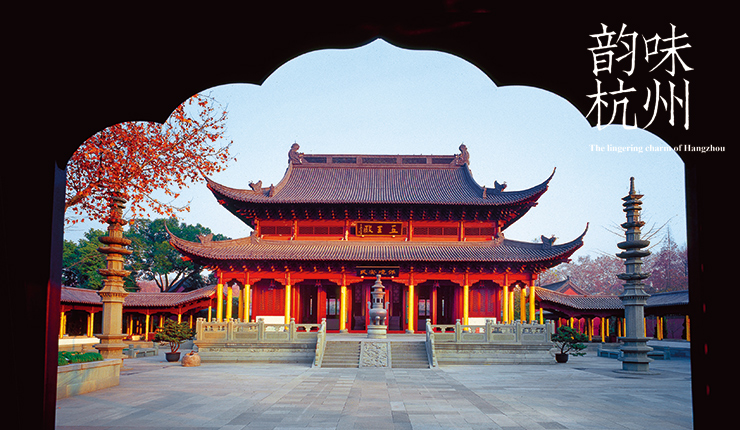Wuyue Culture / King Qian's Memorial
Updated:2016-06-22 10:38:15 Wed
In 923, Qian Liu was named the King of Wuyue, and Xifu (modern Hangzhou) was designated the capital. During their rule of Wuyue, five kings from three generations of the Qian family pursued policies that defended their territory and ensured their people to live and work in peace. They recruited large numbers of talented people and encouraged mulberry farming for sericulture. They built water conservancy projects, developed the city’s infrastructure, and promoted trade. As the culture and economy of the Kingdom of Wuyue flourished, Hangzhou rap-idly developed into the “First Town of the Southeast.” In 1077, a memorial dedicated to Qian Liu was erected at Jade Emperor Hill (Yuhuangshan). During the reign of Emperor Jiajing (1522- 1566) of the Ming Dynasty, it was relocated to Orioles Singing in the Willows Park as King Qian’s Memorial, on the southeastern bank of West Lake. 
With distinct regional features, Wuyue Culture, which was created by King QIAN, was developed rapidly through the unceasing efforts of five emperors during three dynasties. The prosperity of Buddhism was a prominent sign of the development of Wuyue Culture. According to Xianchun Lin’an Zhi (History of Lin'an Written in Xianchun Period of Southern Song Dynasty), Hangzhou, capital of Wuyue, had over 150 temples at that time, earning it the honor of “Buddhism State of South China”. Many temples and pagodas were built in Wuyue period, including Gongchen Pagoda of Lin’an, Hangzhou, Tianzhu Temple of Dadi Mountain, Yuhang, as well as Lingyin Temple, Six Harmonies Pagoda, Leifeng Pagoda and Baochu Pagoda of Hangzhou.
(Source: Hangzhou Travel Network)



Source:www.ywhangzhou.cn Editor:XU Jiawei




